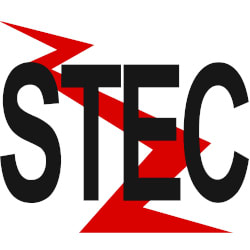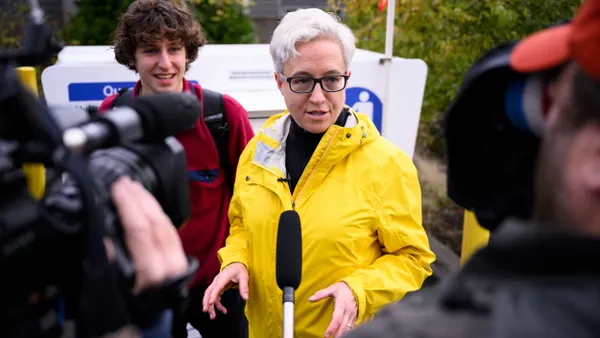Dive Brief:
- Hawaiian Electric already has other storage projects operating in the islands, but the 1 MW Battery Energy Storage System (BESS) located at the Campbell Industrial Park generating station is the first utility-scale project on Oahu, home to about two-thirds of the state's population.
- The project is slated to run for two years though it could be extended. The goal is to examine the BESS' safety and operating characteristics and to determine how it can help bring higher levels of solar energy onto the HECO grid.
- Housed in a shipping container, HECO said the battery project can reach full output almost instantly, and can provide 250 kW for an hour or 1 MW for 15 minutes.
Dive Insight:
Hawaii is chasing a 100% renewable goal, and though carbon-free sources have been previously been a struggle to integrate, HECO is now looking to battery systems to aid the transition.
In addition to the new project on Oahu, HECO also has a similar BESS project in operation on Hawai‘i Island, which it says is focused on wind smoothing and frequency regulation. And there is another installed at Maui Electric's Palaau Power Plant on Molokai, which is being tested to provide backup and stability for the island's grid.
Both those projects are also being done with the Hawaii Natural Energy Institute at the University of Hawaii, as is the Oahu installation.
"These projects will test different control strategies on different islands for different power system issues and provide information to Hawaii and the industry on the tradeoffs between performance and longevity," HNEI Director Richard Rocheleau said in a statement. "This will help to get the most out of larger systems that are being planned to help meet Hawaii's renewable energy goals."
HECO said the BESS projects are among half a dozen energy storage demonstrations and pilots being developed in its territory.
According to the utility, the "centerpiece" of the BESS project is an Altairnano battery and a corresponding inverter that changes DC to AC electricity. HECO is also testing control algorithms that, in larger battery systems, could be used for for power smoothing, voltage regulation and frequency response.













